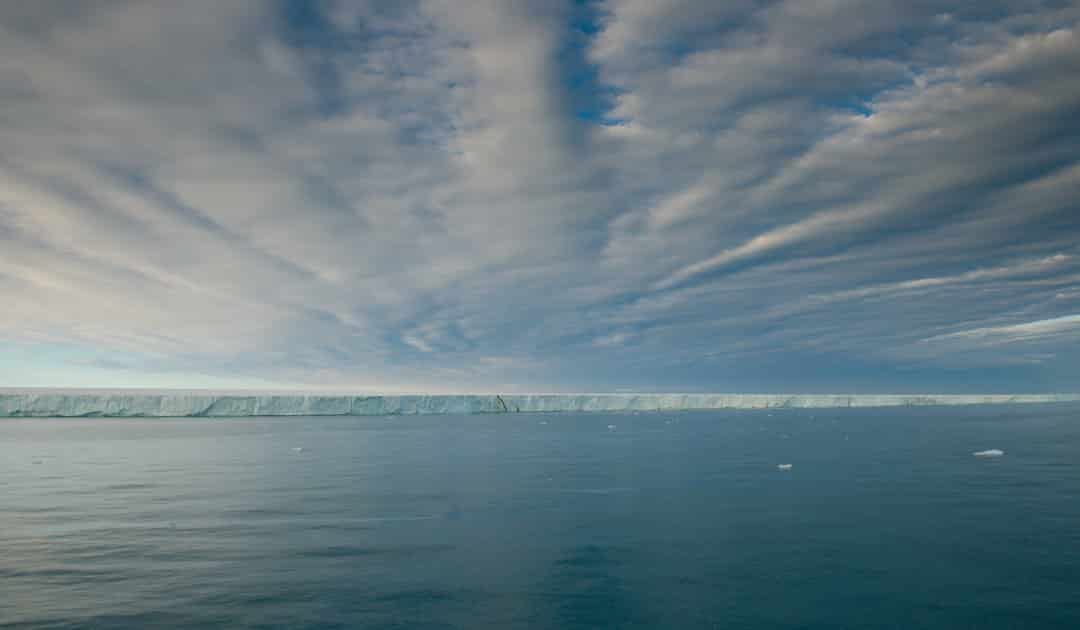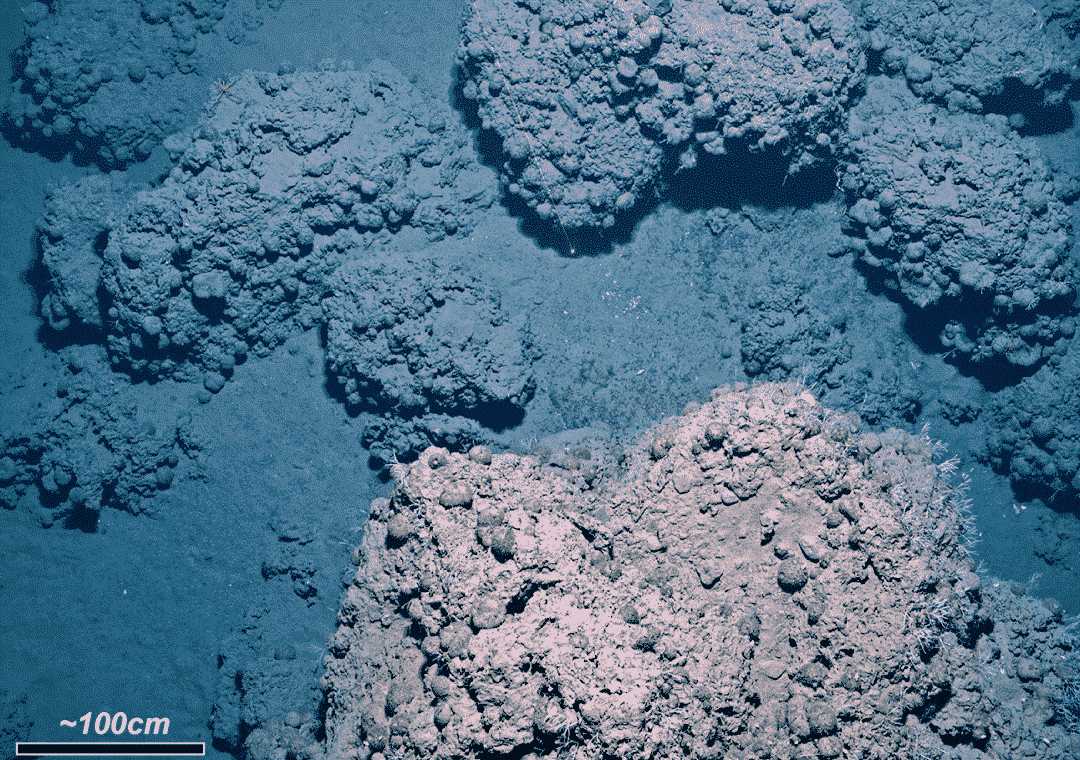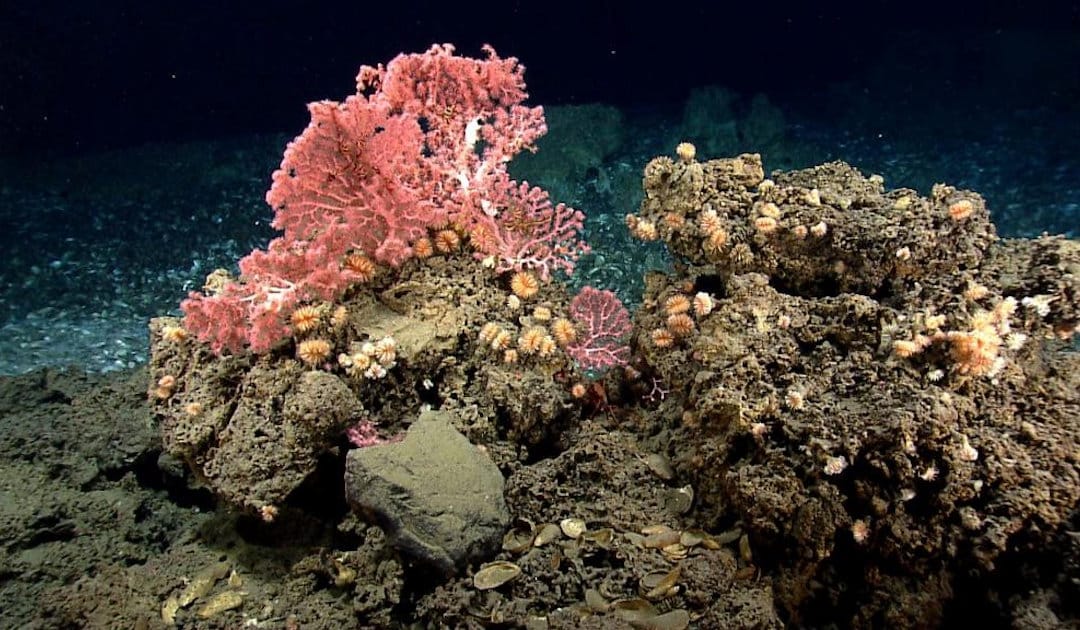
The melting of the ice sheets in the Arctic has a wide variety of effects. Sea level rise and the influxof freshwater into the Arctic Ocean are only two factors. Lifting the land masses due to weight loss is also part of it. And it is precisely this loss of pressure that also has an impact on methane emissions from the seabed, because it increases these emissions. This is the conclusion reached by a European research group after evaluating data from past ice ages.
The study with lead author Dr. Pierre-Antoine Dessandier from the Actic University of Norway in Tromsø examined sediment cores from the Svalbard shelf area. After the peak of two ice ages, one 125,000 years ago (Eemian Warm Period) and the other 20,000 years ago (Last Glacial Maximum), the ice sheets in the Arctic, including those on Svalbard, gradually retreated. As a result, the pressure on the seafloor decreased and methane was released in large quantities. Methane, when the pressure is high enough, exists as clumps of methane hydrate. When the pressure decreases, it becomes methane gas. Since methane is a greenhouse gas that is about 30 percent more potent thanCO2, this increases global warming.
“Seafloor methane emission is important to consider for modeling spatial estimations of future climate.”
Dr. Pierre-Antoine Dessandier, University of the Arctic, Tromsø
And because conditions during the Eemian interglacial were similar to today in terms of ice volume and temperature, the amounts of methane that emerged relatively rapidly from the seafloor at that time should also be incorporated into the climate models. “The idea with the Eemian interglacial is to… compare that with what could happen in the future,” Dr. Dessandier explains. “Seafloor methane emission is important to consider for modeling spatial estimations of future climate.” Their work was published in the latest issue of Geology, the journal of the US Geological Society.

To obtain any data at all for their research, Dessandier and his colleagues drilled along the west coast of Svalbard and took cores from depths of 60 and 22 metres. The former served to calibrate the second, important core. This is because the shell remains of foraminifera, a group of unicellular algae with shells, were deposited there in various layers. The content of various carbon isotopes in the shells, when compared with carbonate-containing minerals in the environment, gave the researchers the crucial clue to what was occurring at the desired times: Massive methane ejections, slow and fast, followed the retreat of ice masses from the seafloor. After the ice had completely melted away, the output also stabilized again. But Dessandier and the other researchers are unable to say how much methane was emitted at the time. Because during such events, the animal diversity and composition changes and methane-loving species develop. Some produce energy from methane, others produce methane.

Despite this, however, the team managed to pinpoint those two times when the releases and ice retreats coincided and could happen again today. This is because not only foraminifera were found in the samples, but also layers of different biotic communities that rely on methane as an energy source. Bivalves in particular were very abundant in the sediment samples, much as they are today in deep-sea areas where methane seeps out of the bottom. “It confirmed what we thought at the beginning, with a methane-rich seafloor allowing this community to develop,” Dessandier explains. “We can say that these events are very similar, with similar processes happening during both periods of warming. So this is something to consider for our current warming. It could happen again.”
Dr Michael Wenger, PolarJournal
Link to the study: Dessandier et al. (2021) Geology (EPub) Ice-sheet melt drove methane emissions in the Arctic during the last two interglacials; DOI: 10.1130/G48580.1
More on the subject:





